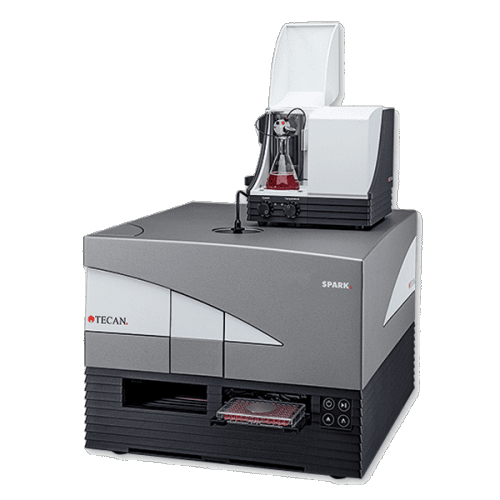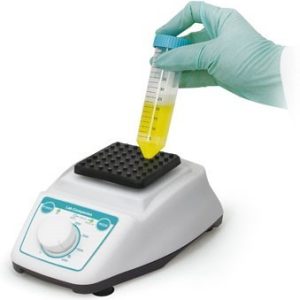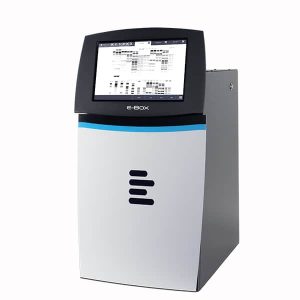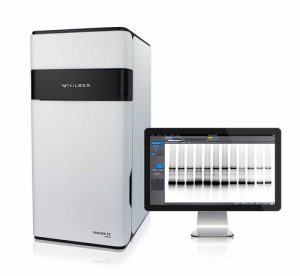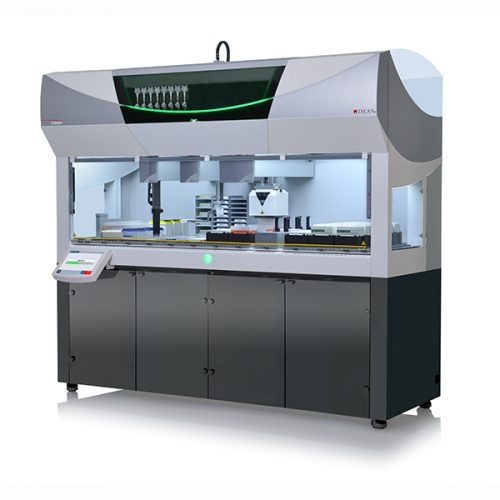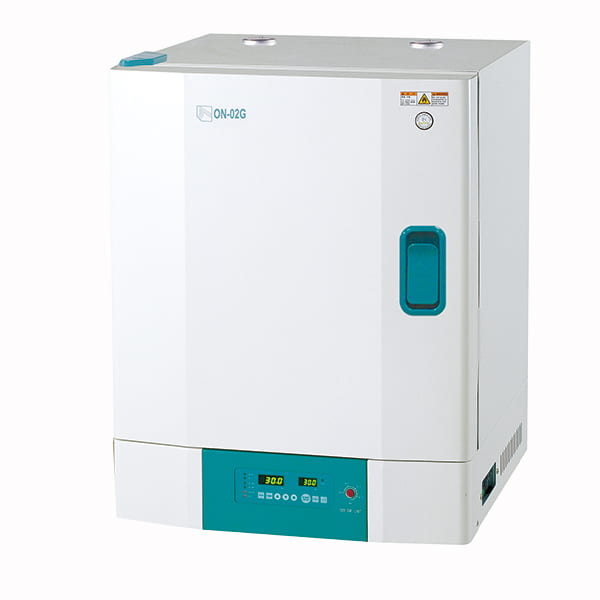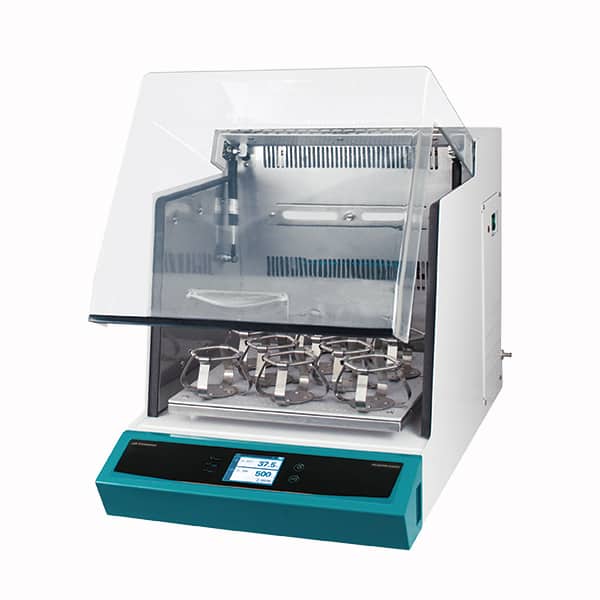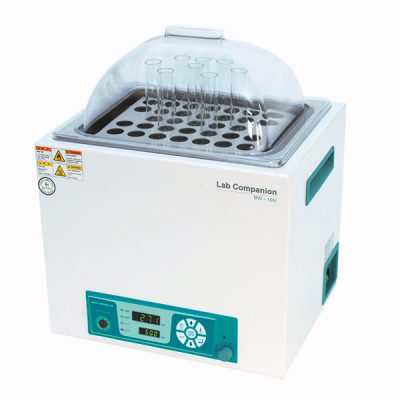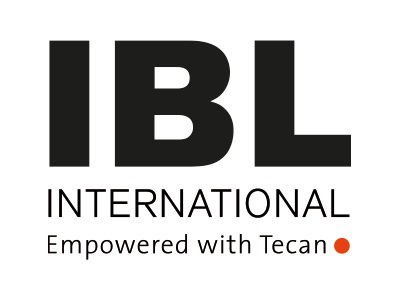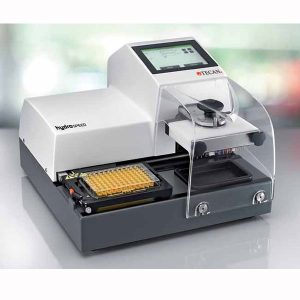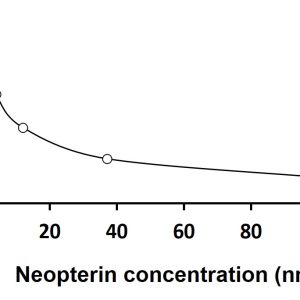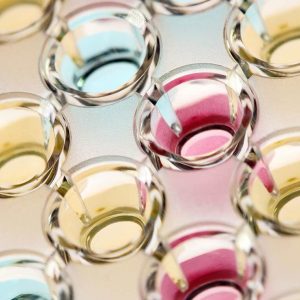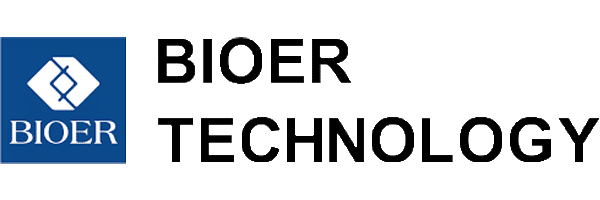Elisa kit (HMGB1 Express)
Dostupné na objednávku
Nejprodávanější ELISA kit pro vědecké účely.
HMGB1 ELISA má Express tato vylepšení:
- Nová monoklonální protilátka anti-HMGB1 koutovaná v MTP
- Redukce času zpracování: 4 hodiny
- Vyšší dynamic range OD ~2.0; (dříve ~1.0 – 1.5 OD)
- Širší měřící rozsah (0.89 – 80 ng/mL)
- Detekce více endogenous HMGB1
HMGB1 EXPRESS:Odkaz na web výrobce |
 |
Elisa kit (HMGB1) has increasingly attracted the attention of basic as well as clinical researchers and has become one of the most intriguing molecules within the complete arsenal of proteins of the innate immune system.
HMGB1 ELISA má Express tato vylepšení:
- Nová monoklonální protilátka anti-HMGB1 koutovaná v MTP
- Redukce času zpracování: 4 hodiny
- Vyšší dynamic range OD ~2.0; (dříve ~1.0 – 1.5 OD)
- Širší měřící rozsah (0.89 – 80 ng/mL)
- Detekce více endogenous HMGB1
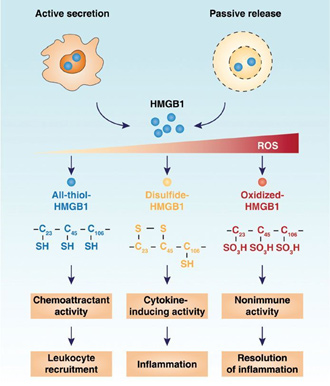
Redox control of HMGB1 activity (Tang D. et al. MolMed. 2012;18:1360-1362).
HMGB1 is a nuclear protein that can bind and bend DNA, but it can also be released to the extracellular environment where it exerts additional functions. The unraveling of the post-translational modifications has led to a better understanding of the mechanism of its translocation and its function within the immune system. It will now also allow more in-depth studies into the role of HMGB1 in numerous pathologies, including
-
- Autoimmune diseases
- Sepsis
- Cancer
- Diabetes
- Cardial infarction
- Stroke
- … any inflammatory process
The HMGB1 ELISA Kit was developed by Shino-Test Corporation, Japan, in cooperation with Prof. Dr. Ikuro Maruyama, Kagoshima University. The product is exclusively distributed worldwide by IBL International except in Japan, China (incl. Hong Kong) and Taiwan.
HMGB1 is an ubiquitous protein that can be found in all animals in the cytosol and the
nucleus of the cells.
As a nucleus-binding protein it regulates amongst other things the gene transcription.
HMGB1 plays a major role in the pathogenesis of a lot of diseases.
So HMGB1 is important in the development and survival of tumours. It regulates by interaction with RAGE autophagy. It is late mediator in sepsis. It organizes cross-talk of NKs and DCs in viral infections. These findings represent only a small overview of HMGB1’s role in medical research.







